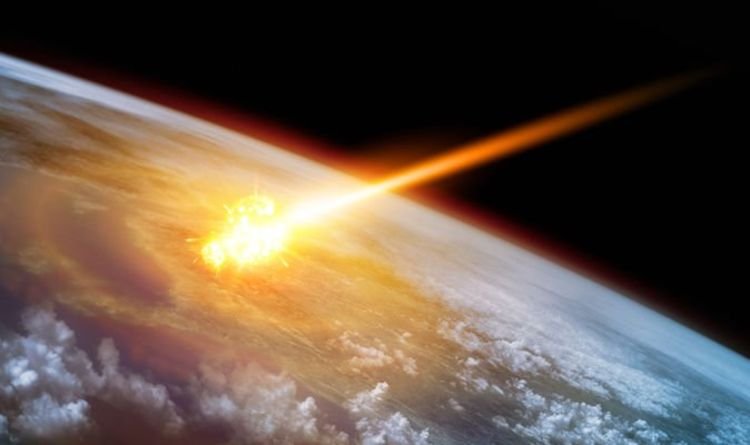The Younger Dryas Impact Hypothesis proposes that a meteorite impact caused the end of the Ice Age around 12,800 years ago. This hypothesis has gained a lot of attention in recent years, but is widely debated by many scientists.

The Younger Dryas Impact Hypothesis was first presented in 2007 by a team of scientists and suggests that a meteorite impact in North America caused the end of the Ice Age. The impact is believed to have thrown massive amounts of dust and debris into the atmosphere, contributing to the slowdown of global warming and the extension of the Ice Age.
Some evidence supporting the hypothesis includes the discovery of microcrystals of meteorite material in sediments from the Ice Age period and the presence of iridium. Iridium is a rare, silver-white metal that occurs naturally in very small amounts. It is of particular interest to scientists studying the Younger Dryas Impact Hypothesis because it is commonly found in meteorites. However, it is important to note that the presence of iridium alone is not sufficient to support the hypothesis.
Other evidence supporting the Younger Dryas Impact Hypothesis includes the discovery of huge impact craters in North America and Europe that are dated to the Ice Age period. Some scientists have also suggested that the impact could have caused massive catastrophes that contributed to the extinction of cultures. This idea is supported by some archaeologists and anthropologists who speculate that there have been events in the past that have led to significant changes in human history. Examples of this include the so-called "mysterious anomalies" in archaeology that suggest sudden changes in human culture and technology that are not easily explained.
Despite this evidence, the Younger Dryas Impact Hypothesis remains controversial. Some scientists have argued that the evidence supporting the hypothesis is not sufficient to support it. They argue that there are alternative explanations for the observed phenomena that are not related to a meteorite impact. For example, some scientists have suggested that the microcrystals found in the Ice Age sediments could have formed naturally, rather than being from a meteorite. Another problem is that there is currently no direct evidence for the meteorite impact itself.
In conclusion, while the Younger Dryas Impact Hypothesis has garnered significant attention, it remains a debated topic in the scientific community.